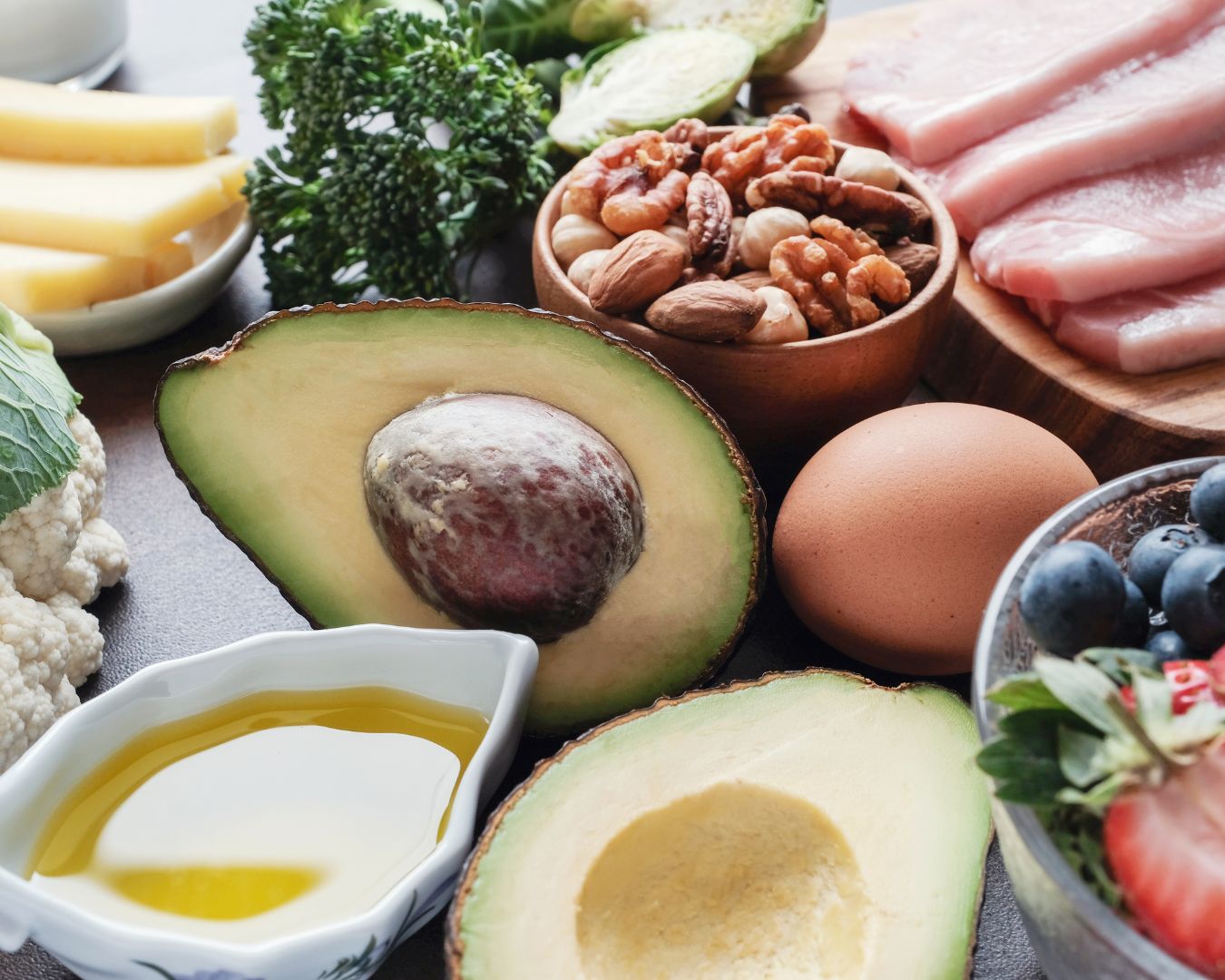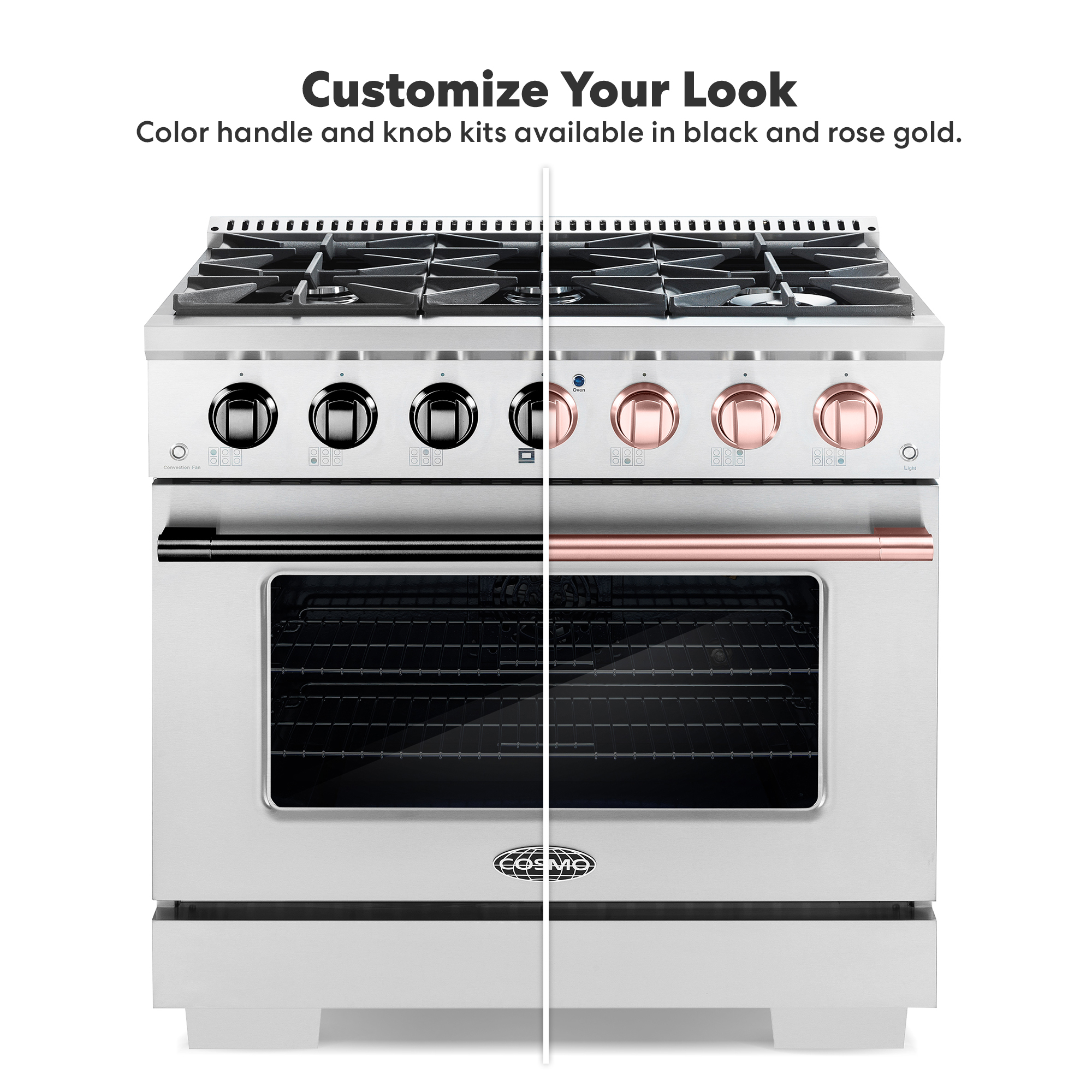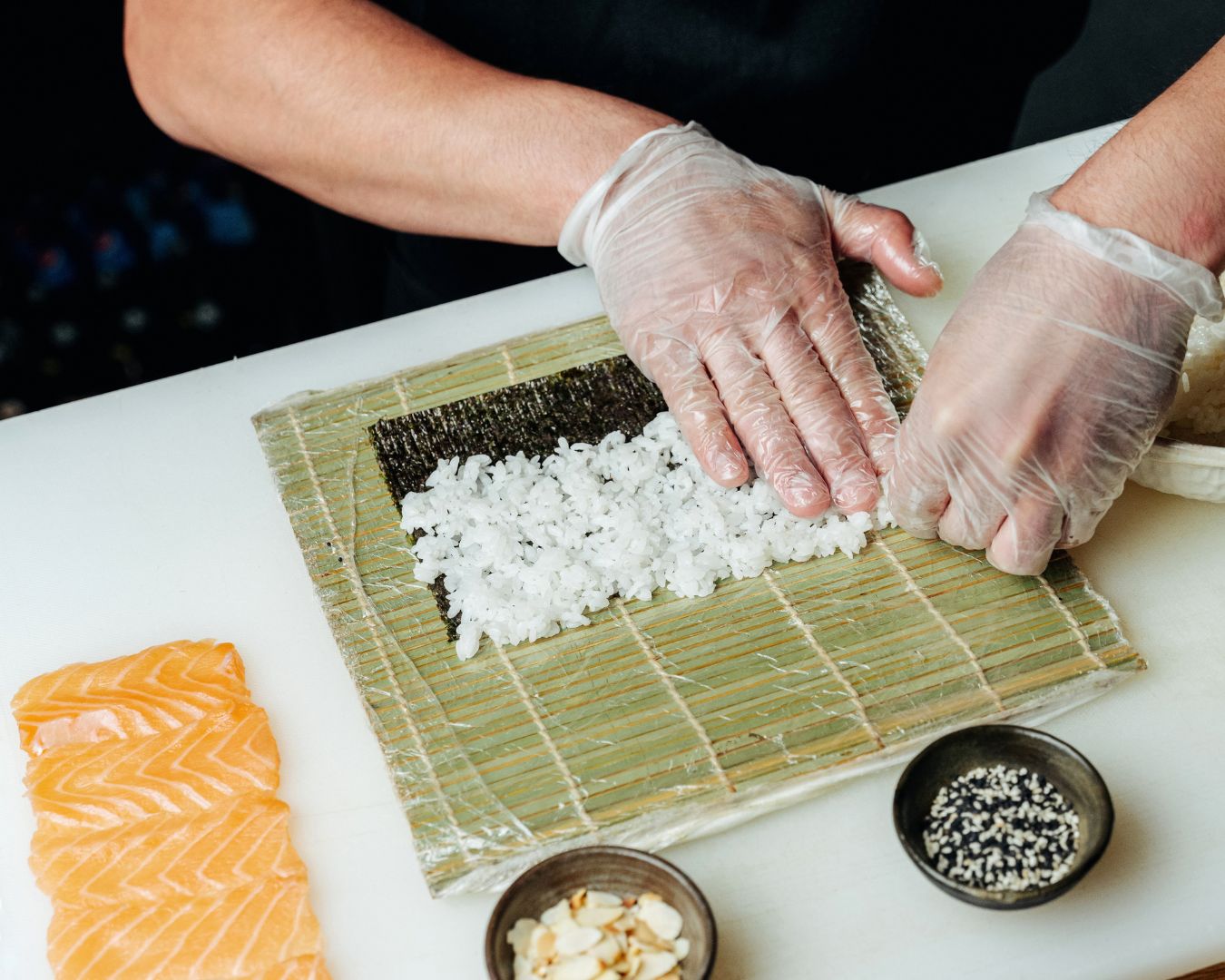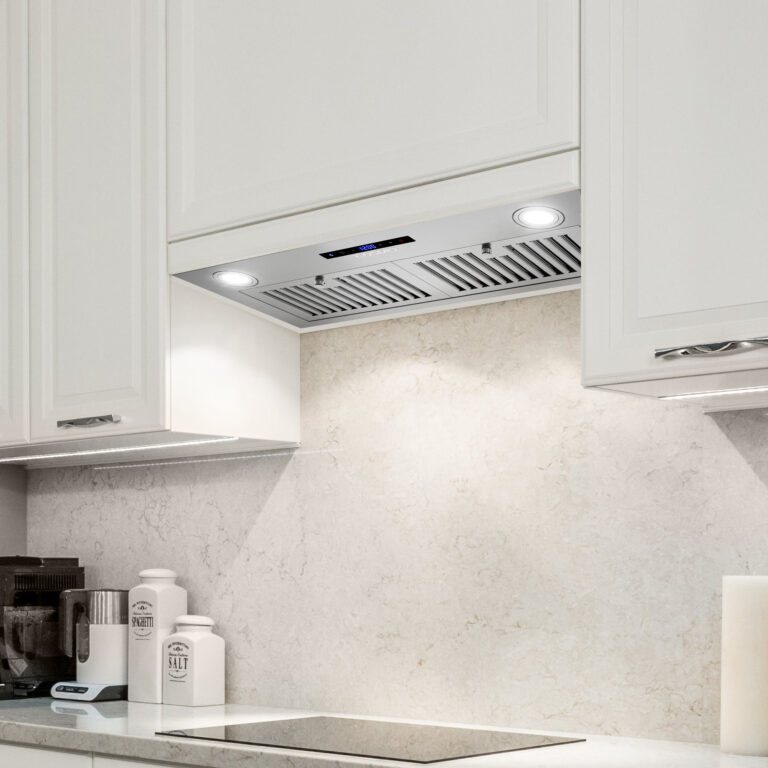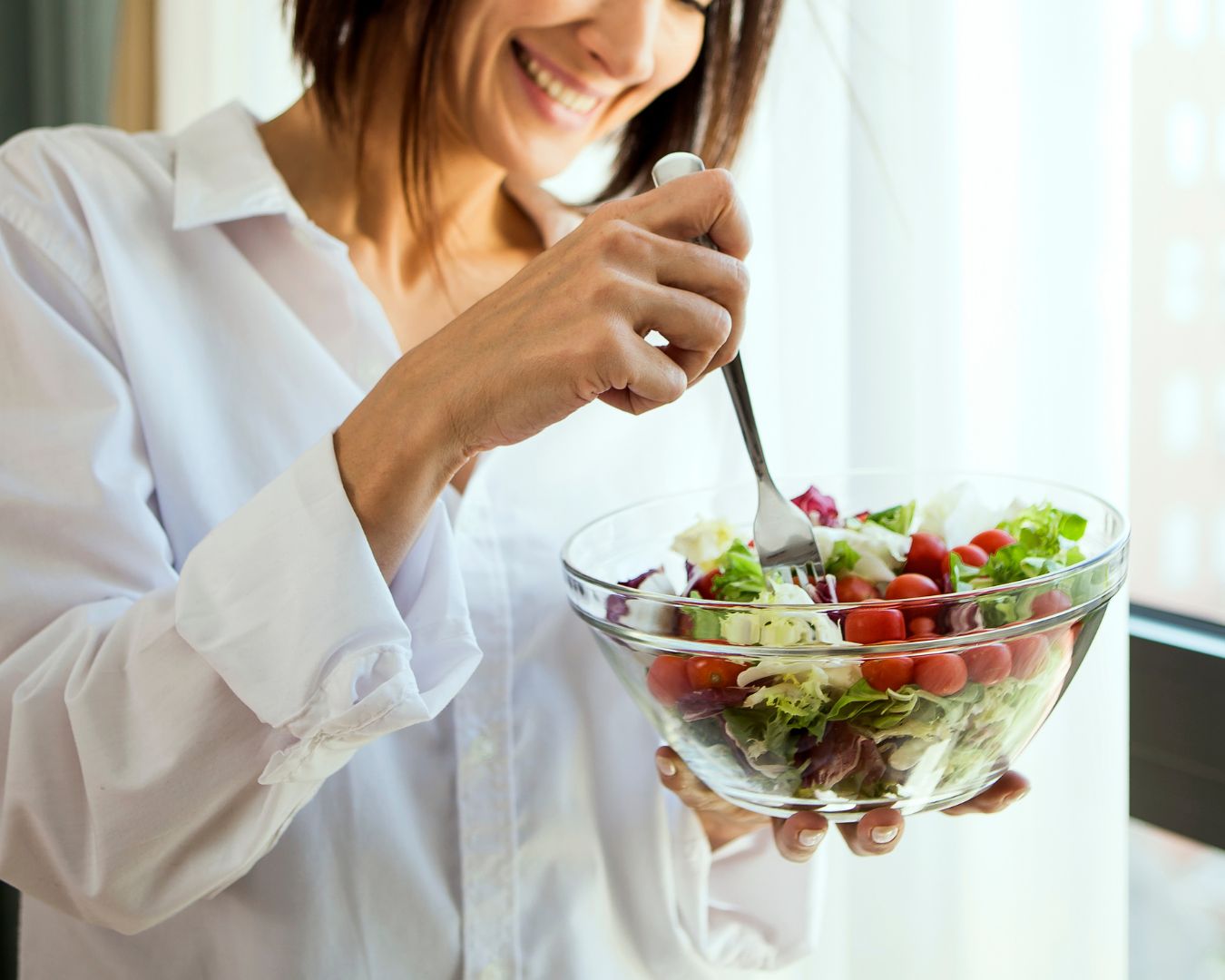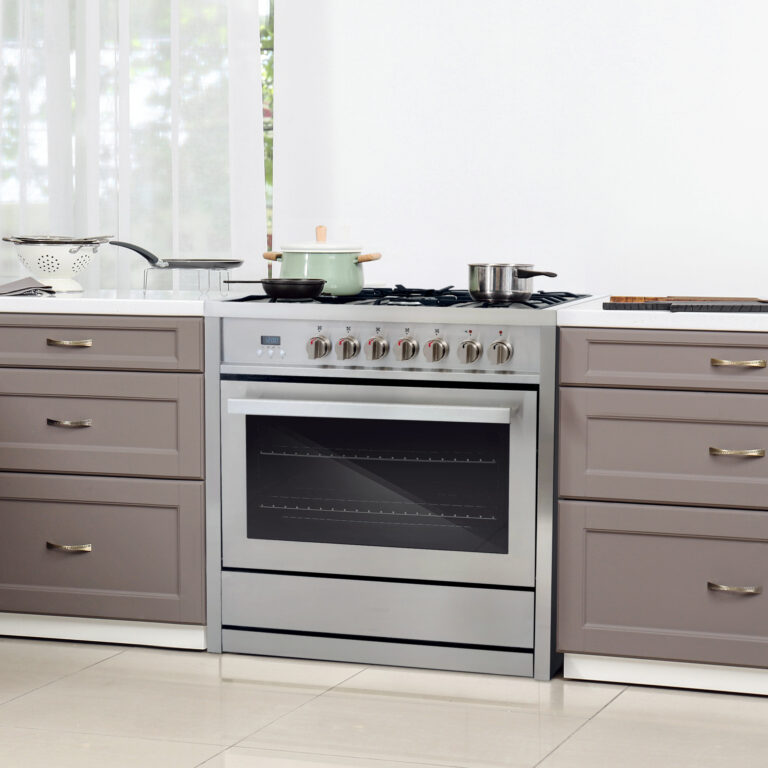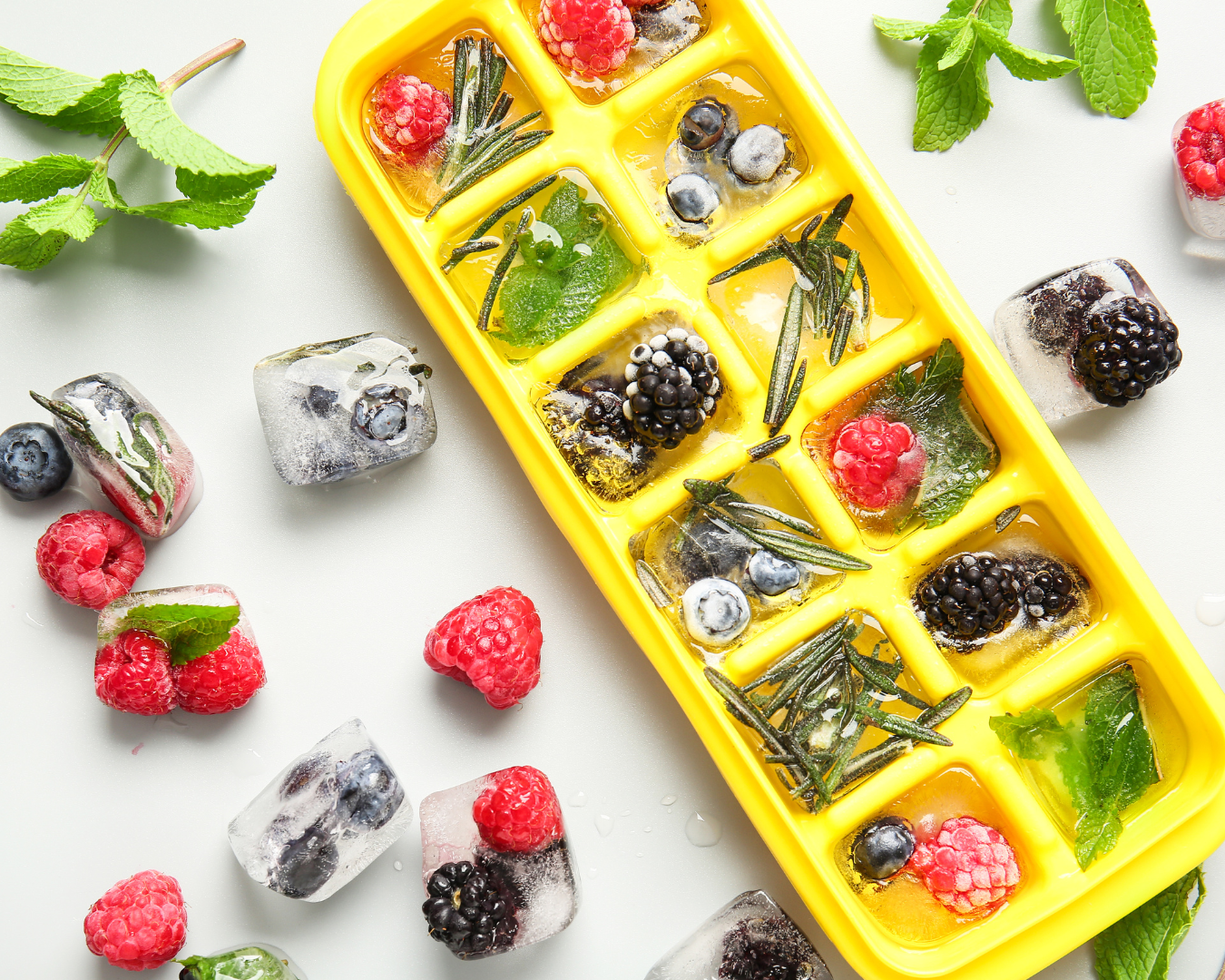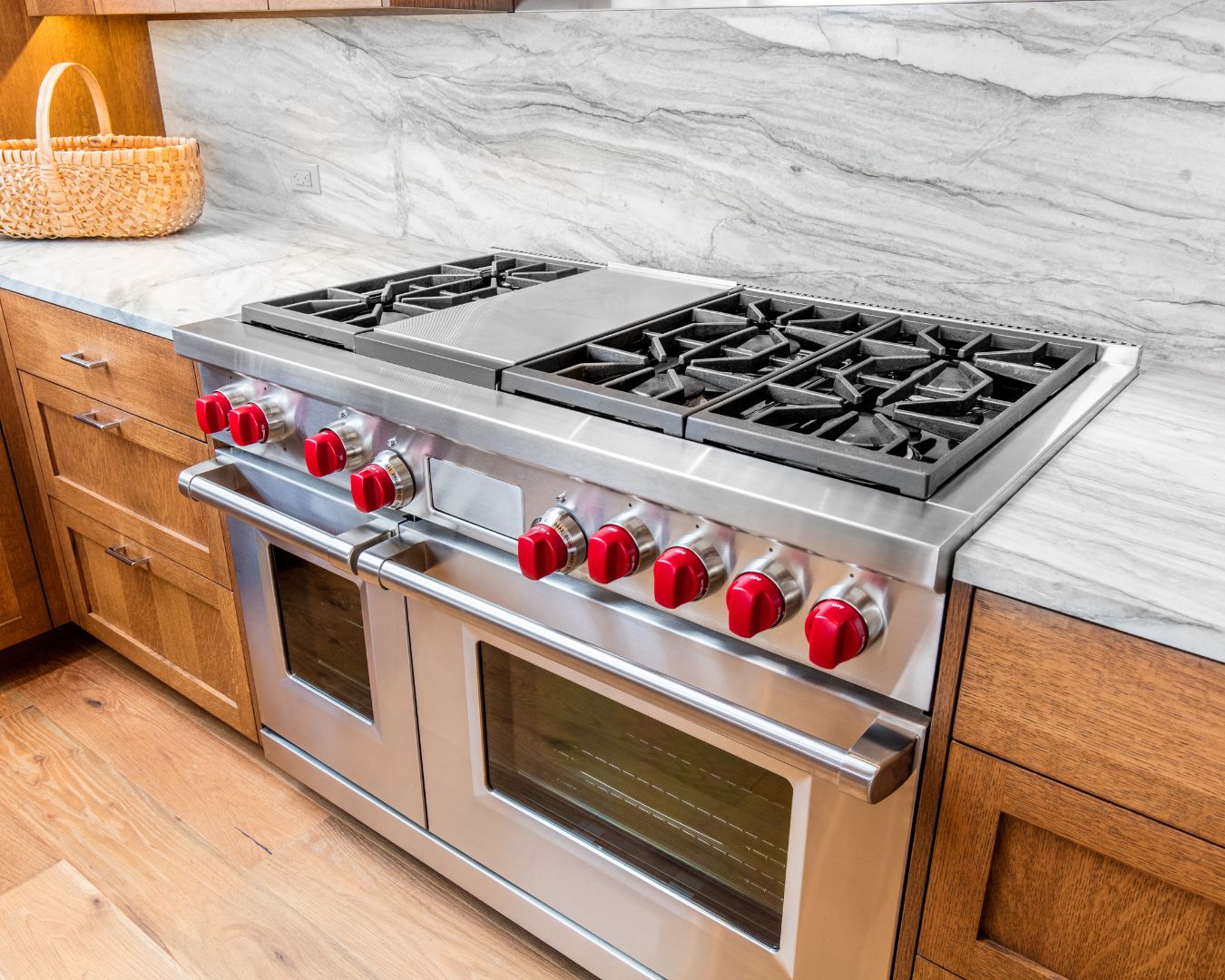Exploring the Low-Fat Diet: A Path to Health and Wellness
What is a Low-Fat Diet? A low-fat diet is designed to limit the intake of fats, particularly saturated fats and cholesterol, to promote better health. By focusing on nutrient-rich foods that are naturally low in fat, this diet aims to support weight management, improve heart health, and reduce the risk of chronic diseases. Key Principles of a Low-Fat Diet Benefits of a Low-Fat Diet Tips for Following a Low-Fat Diet Sample Low-Fat Meal Plan Breakfast: Lunch: Snack: Dinner: Dessert: A low-fat diet focuses on incorporating nutrient-dense, low-fat foods such as fruits, vegetables, whole grains, and lean proteins. By limiting saturated fats and cholesterol, this diet supports heart health, weight management, and overall wellness. With thoughtful food choices and cooking methods, a low-fat diet can be both delicious and nutritious, paving the way for a healthier lifestyle.

